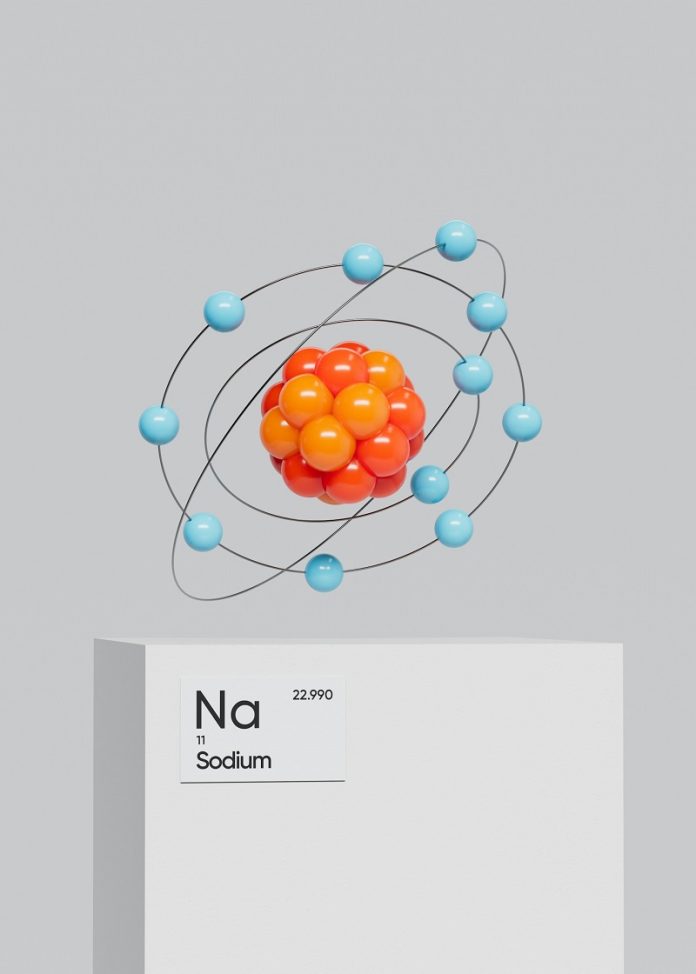
A team of international researchers has discovered a surprising new way to speed up sodium-ion batteries, potentially making them faster to charge and more efficient.
The key lies in a process called co-intercalation, which allows both ions and solvent molecules to enter the battery’s electrodes at the same time.
Traditionally, co-intercalation has been considered a problem in battery science.
When both sodium ions and solvent molecules from the battery’s liquid electrolyte enter an electrode together, it often causes the electrode to swell too much and fail.
This volume change, sometimes referred to as “breathing,” shortens battery life and has made co-intercalation seem like something to avoid.
But now, a team led by Professor Philipp Adelhelm has turned this idea on its head.
In a study published in Nature Materials, the researchers showed that co-intercalation can actually be a reversible and stable process—at least in certain types of materials used in sodium-ion battery cathodes.
This discovery could lead to a new generation of fast-charging, long-lasting sodium batteries.
In earlier research, the same team successfully demonstrated co-intercalation in graphite anodes, where sodium ions could move in and out of the electrode with the help of a solvent called glyme.
Now, they’ve proven a similar process can happen in cathodes as well.
The researchers tested a group of layered transition metal sulfides and found that these materials could support the safe and stable co-intercalation of both sodium ions and solvent molecules.
Dr. Yanan Sun led several of the key experiments over three years, including tests on how the materials expanded during charging, structural analysis using synchrotron radiation at the PETRA III facility in Germany, and studies of how different combinations of electrodes and solvents performed.
With help from theoretical modeling by Dr. Gustav Åvall, the team identified important clues that may help predict which materials will work best in future co-intercalation-based batteries.
One of the most exciting outcomes of the study is the speed of the reactions. Some of the tested cathode materials showed incredibly fast movement of charge—comparable to the speed seen in supercapacitors, which are known for delivering energy in quick bursts.
According to Adelhelm, the discovery opens up a wide new range of materials and chemical combinations to explore. While the research went against established thinking in battery science, it proved to be worth the risk.
The project was made possible by strong collaboration and support from research groups across Berlin, including the Helmholtz-Zentrum Berlin and Humboldt University.
A new initiative called the Berlin Battery Lab is expected to further advance this promising area of battery research.



